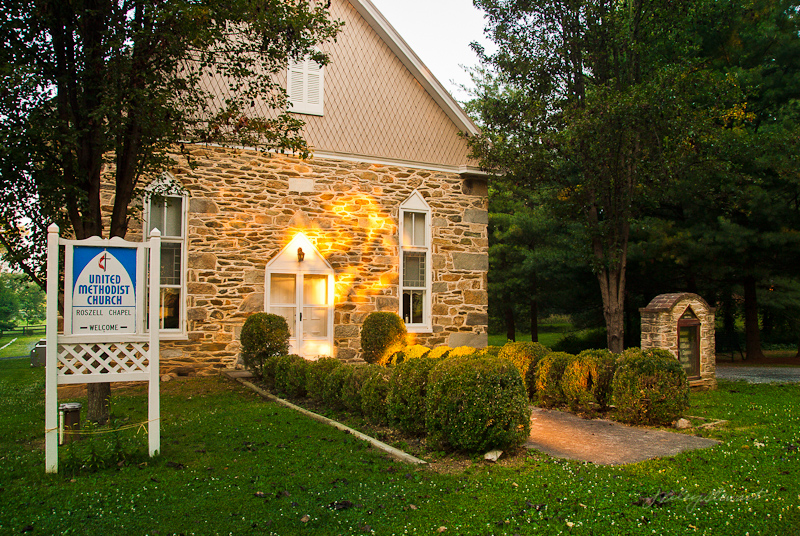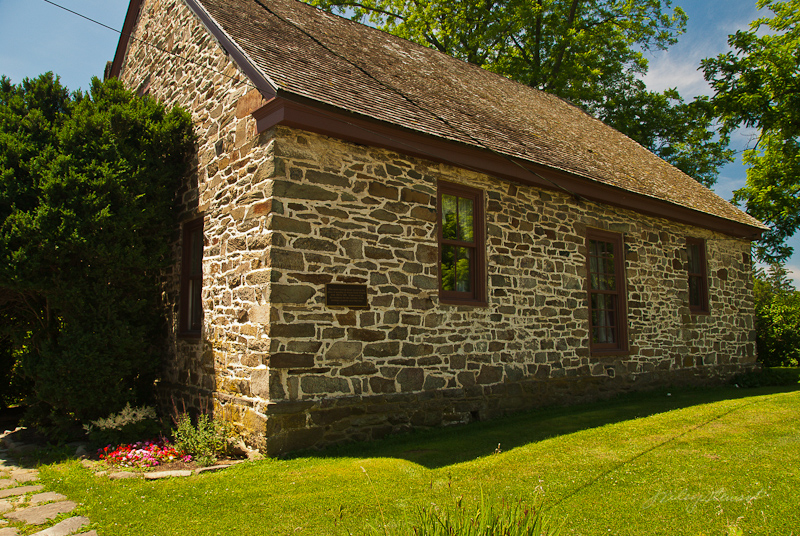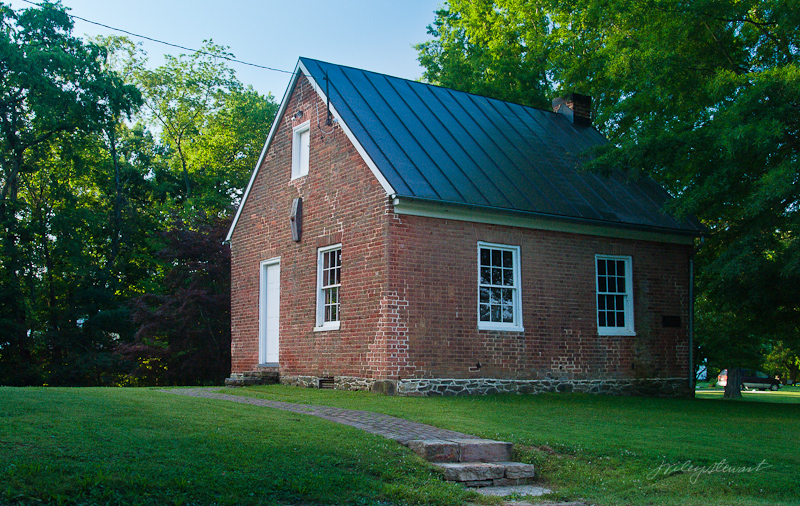Back before the popularity of digital photography, almost all serious camera artists used a simple tool to help them evaluate composition before ever setting up the camera. Using film meant you only had a limited number of possible pictures you could take based on the number of sheets or rolls of film you had with you.
Today, most digital cameras have large memory cards offering the potential to store hundreds of images at a time, and they provide an instant replay of the picture just taken on the rear LCD panel (this is called “chimping”). Digital photography has led many photographers into a habit of just shooting anything and everything, happily chimping along, hoping that when they get back to the computer they’ll find something on the memory card worth keeping. Of course, it can take a lot of time sitting in front of the computer to sort, analyze, and select the images to creatively interpret (or post-process). Personally, I find this workflow extremely tedious, extremely inefficient, and it drains my creativity instead of filling it.
There’s something rewarding about reading a scene before taking its picture. A good fisherman doesn’t just plop into the stream and start casting. A good painter doesn’t just set the easel down and begin painting en plein air. Deciding where to fish successfully or what to paint successfully is a very deliberate process. What to photograph should be just as deliberate. Studying a subject helps us connect with it, and that connection will ultimately transfer to someone else who views the photograph and result in a good feeling, a bad feeling, or worse case..no feeling at all.
A viewing card (or preview card) is a simple, no cost tool that photographers can use to wean themselves from the tendency to shoot and chimp all day long. The rewards are many: fewer pictures, better pictures, a greater understanding of composition, and a more intimate relationship with our subjects.
When I’m scouting for subjects en plain air, the only thing in my hands is my viewing card. It’s made from scrap mat board, about 8″ x 10″, with a 4×5″ opening to match the dimensions of my 4×5 camera. I’ve added a scale on one side that relates distance I hold the card from my eyes to match the focal lengths of the lenses in my camera bag. If I find the perfect composition to be what I see in the frame when held 9 inches from my eye, I know I’ll need my 125mm lens to capture that composition. I can turn it vertically or horizontally at will. I can get higher or lower to the ground at will. I can easily walk around scoping all possibilities at will. Only when (and if) I find a composition I like will I remove my camera from its bag. By then I already know which lens to use, where to approximately place the camera relative to the subject, and which perspective I need to use. All the while, I’ve also gotten to know my subject pretty well, my excitement is peaked, and I’m better able (I hope) to transfer that excitement into the image during creative interpretation.
Some might argue that simply using the camera viewfinder as a viewing card is just as effective as a cardboard viewing card. Perhaps. But I find that when I set up my camera, my overwhelming tendency is now to focus on the camera and not on the subject. My whole frame of mind changes from seeing what’s in front of me to adjusting, clicking, adjusting, clicking. Once the camera is mounted on the tripod, I quit moving around and settle for wherever it happens to be. Once the camera is mounted in horizontal (or vertical) perspective, it typically stays in that perspective. And it’s much more difficult to compose a scene in a camera’s small viewfinder than it is with a larger viewing card. With my eyes embedded in the viewfinder, I find it very easy to totally neglect everything beyond that field of view. Did I miss that bird flying around just outside my view? Or that mountain lion? Or that hiker/kayaker/climber? Or that beautiful cloud formation? Possibly.
Try this next time you are out shooting and let me know how it goes. I suspect you’ll find this simple tool very helpful.




